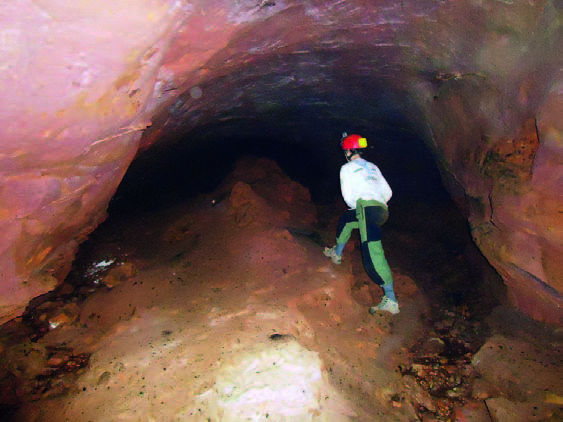Cave morphology and controls on speleogenesis in quartzite: The example of the Itambé do Mato Dentro area in southeastern Brazil
DOI:
https://doi.org/10.3986/ac.v44i1.654Abstract
An area of 417 km2 in southeastern Brazil was mapped in detail regarding karst features in quartzite. Landforms typically assigned to carbonate karst terrains are largely absent, except for discrete occurrences of towers and collapse dolines. Caves are the most conspicuous landform, although occurring at a lower density than in most Brazilian carbonate areas. A total of 11 caves were mapped and studied in detail. Caves tend to develop at shallow depths parallel to the slope surface, controlled by lithological facies and the hydraulic gradient. Petrographical analyses suggest that mica (sericite) lenses within the quartzite and both sericite and iron around quartz grains may favour grain disaggregation and later erosional removal in a shallow phreatic environment. Quartzite caves represent a common feature in southeastern Brazil but tend to be isolated features rather than an integrated and areally extensive hydrological system typical of many carbonate settings.
Downloads

Downloads
Published
How to Cite
Issue
Section
License
Authors guarantee that the work is their own original creation and does not infringe any statutory or common-law copyright or any proprietary right of any third party. In case of claims by third parties, authors commit their self to defend the interests of the publisher, and shall cover any potential costs.
More in: Submission chapter




